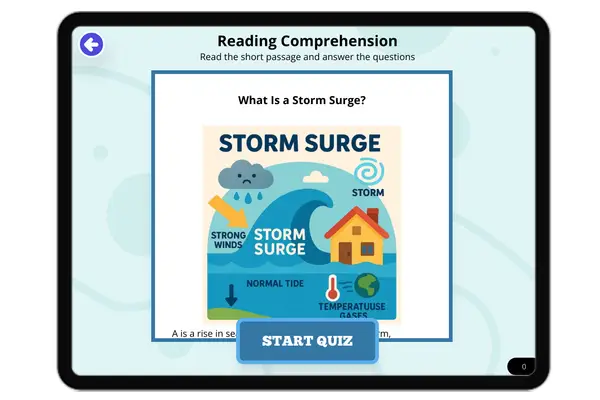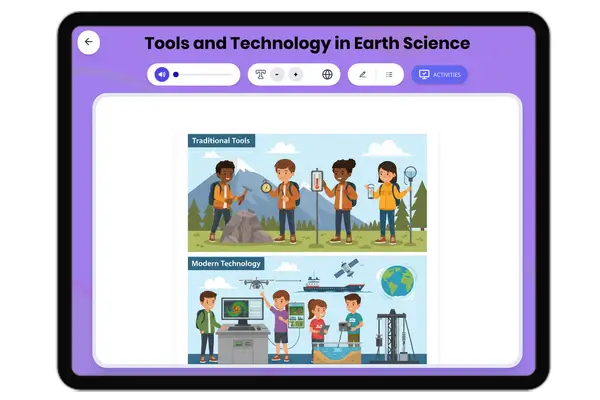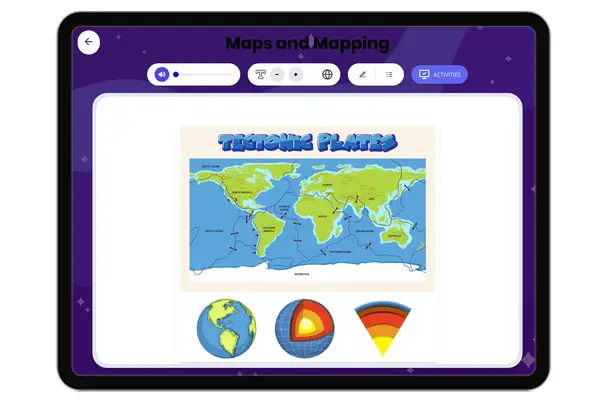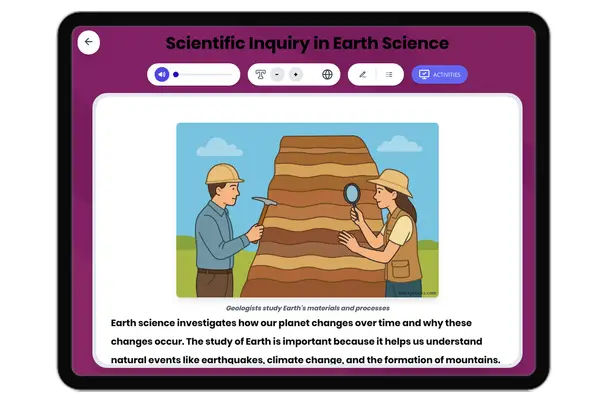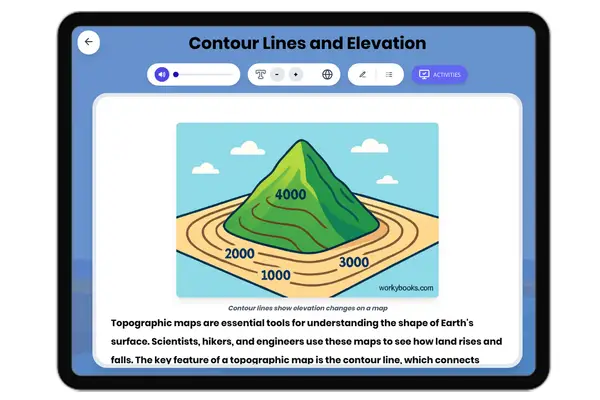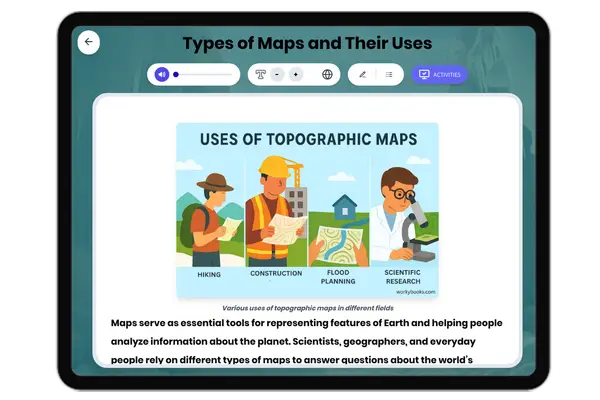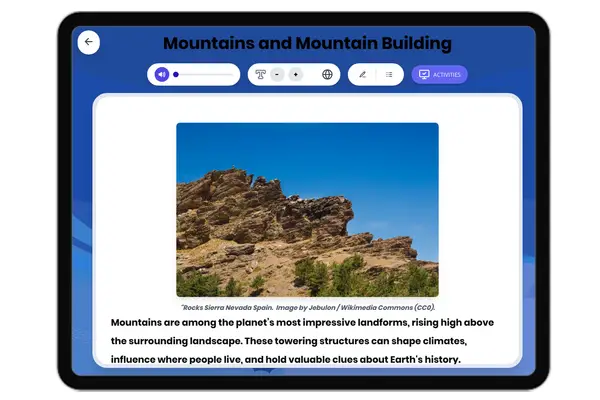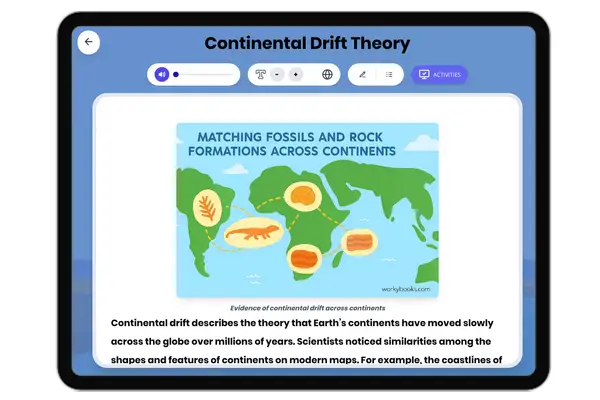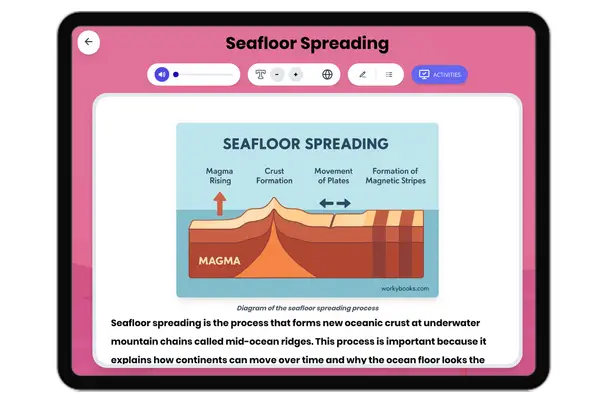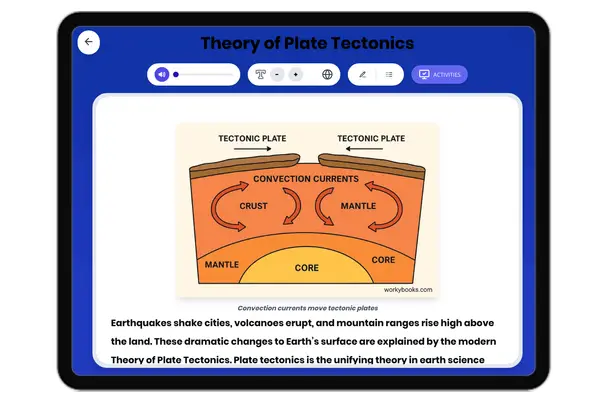Stratigraphic Columns: Decoding Earth’s Geological Layers — Reading Comprehension
Grades
- 5
- 6
- 7
- 8
Standards
- MS-ESS2-2
- MS-ESS1-4
- RST.6-8.7
PRINT+DIGITAL RESOURCE
This learning resource is available in interactive and printable formats. The interactive worksheet can be played online and assigned to students. The Printable PDF version can be downloaded and printed for completion by hand.
About This Reader
This passage explains stratigraphic columns as tools for interpreting geological history. Aligned with NGSS MS-ESS2-2 and MS-ESS1-4, it analyzes real-world examples: the Permian Basin's oil-bearing formations (Delaware Group, Bone Spring), Jurassic Rodessa Limestone reservoirs, and Louisiana's Miocene deltaic deposits. The text meets CCSS.ELA-LITERACY.RST.6-8.7 for visual data interpretation, with applications in hydrocarbon exploration and paleoenvironment reconstruction. Written for middle school earth science, it emphasizes unconformities, lithologic symbols, and fossil zones while connecting to energy industry practices.
Perfect For:
👩🏫 Teachers
- • Reading comprehension practice
- • Auto-graded assessments
- • Literacy skill development
👨👩👧👦 Parents
- • Reading practice at home
- • Comprehension improvement
- • Educational reading time
🏠 Homeschoolers
- • Reading curriculum support
- • Independent reading practice
- • Progress monitoring
Reading Features:
📖
Reading Passage
Engaging fiction or nonfiction text
❓
Comprehension Quiz
Auto-graded questions
📊
Instant Feedback
Immediate results and scoring
📄
Printable Version
Download for offline reading
🔊
Read Aloud
Voice-over with word highlighting









